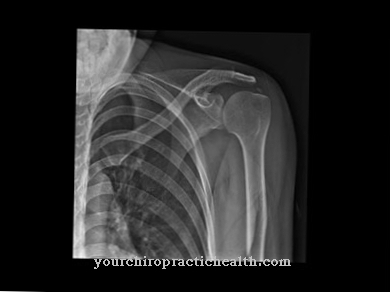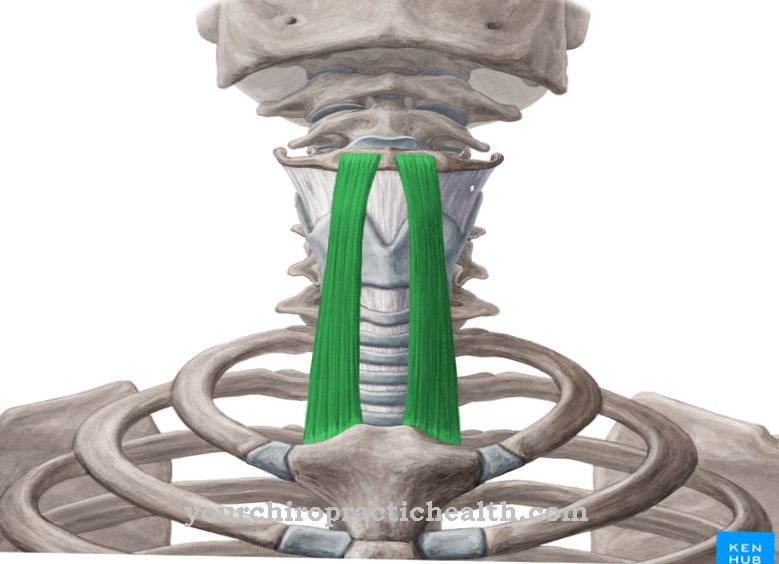Bordetella pertussis is the name of a bacterium. It is considered to be the causative agent of whooping cough.
What is Bordetella pertussis?
Bordetella pertussis is a type of bacteria that comes from the genus Bordetella. The gram-negative small bacterium causes whooping cough (pertussis) and appears individually or in pairs.
The name Bordetella goes back to the Belgian bacteriologist Jules Baptiste Bordet (1870-1961), who isolated the germ together with a colleague in 1906. In this way the cornerstone for the whooping cough vaccination was laid, which was used from 1933.
Humans serve Bordetella pertussis as the only reservoir. On average, the bacterium causes around 17 million whooping cough cases around the world each year. Around 90 percent of the illnesses are recorded in developing countries.
Occurrence, Distribution & Properties
Bordetella pertussis is shaped like a stick. In addition, the aerobic immobile germ produces various proteins. Their toxins are partly responsible for the symptoms of whooping cough. The pathogens can attach themselves well to the airway mucous membranes, where they multiply.
From a taxonomic point of view, the brothels belong to the Alcaligenaceae family. Your organism can be grown on blood agar, charcoal blood agar, Bordet Gengou blood agar and various synthetic nutrient media. The growth of the Bordetella pertussis bacteria is slow. It takes between three and six days for the colonies, which are the size of the head of a pin, to develop.
The cilia of the respiratory epithelium are colonized by Bordetella pertussis. The pertussis toxin (PTx) and filamentous hemagglutinin affect the growth of bacteria. PTx is understood to mean an exotoxin. It occurs both in the extracellular fluid and in cell-bound form. The exotoxin is composed of an A component and a B component. The A component is ADP-ribosyl transferase, while the B component consists of five polypeptide subunits. These bind to the carbohydrate structures that are on the surface of the cells. PTx has the property of limiting the activity of phagocytes, special immune cells. It also triggers systemic effects. These include a greater sensitivity to histamine, an increase in insulin production, and lymphocytosis.
Apart from the pertussis toxin, the Bordetellen also produce other toxins. These ensure that the pathogen spreads more quickly within the human body. This primarily includes the tracheal cytotoxin, which is responsible for restricting the ciliate movement in the respiratory tract.
Bordetella pertussis is equipped with hair-like structures on its surface, which are called pili. The pili ensure that the brothels can adhere to the mucous membrane of the human respiratory tract. Furthermore, the surface of Bordetella pertussis has some outer membrane proteins, lipopolysaccharides and fimbriae. The Bordetella multiply on the ciliated epithelium of the airway mucous membrane, which results in local destruction of the mucous membrane.
Bordetella pertussis occurs all year round. Their distribution is even more pronounced in the cool autumn and winter months. In Germany, the germs are mainly found in younger children. Babies are also at high risk of being attacked by brothels. But Bordetelle infections and thus whooping cough can also occur in adults.
Bordetella pertussis is considered highly contagious. The bacteria are transmitted by droplet infection. Usually there is close contact with the sick and the brothels get into another person's body by sneezing, coughing or speaking. The incubation period is usually 9 to 20 days.
You can find your medication here
➔ Medicines against coughs and coldsIllnesses & ailments
The bacterium Bordetella pertussis causes whooping cough. This disease initially causes typical cold symptoms. These include a runny nose, cough, and some fever. The symptoms sometimes last up to 14 days. The first stage of the disease is called the catarrhal stage by medical professionals. This is where the greatest risk of contagion is.
As the disease progresses, the cough becomes more and more intense. This second stage is called the convulsive stage and is characterized by coughing fits. The coughs are staccato-like and are noticeable by an outstretched tongue. It is not uncommon for patients to choke out slime with a glassy consistency. In some cases, the sick also suffer from vomiting. Coughing attacks are often numerous, especially at night. Sometimes they are also caused by physical exertion. Overall, the convulsive stage lasts two to six weeks.
The last stage of whooping cough caused by the brothel is called the stage decrementi. The number of coughing fits will gradually decrease. The same applies to their extent. This phase takes about three to six weeks. If antibiotics are not given, it can take six to ten weeks.
Bordetella pertussis is at risk of causing complications of whooping cough. These are mostly middle ear infections or pneumonia. These arise from secondary infections with pneumococci or Haemophilus influenzae. Another relatively common complication is seizures.
In contrast to other types of bacteria, treatment with antibiotics is often only of limited effectiveness in Bordetella pertussis. This is how the cough attacks arise from the toxins that the germs form. To be effective, the antibiotics must be administered in the catarrhal stage, but no later than in the early stages of the convulsive stage.
Vaccination is considered the best way to prevent infection with Bordetella pertussis. For this purpose, the patient first receives a basic vaccination course with several vaccinations.

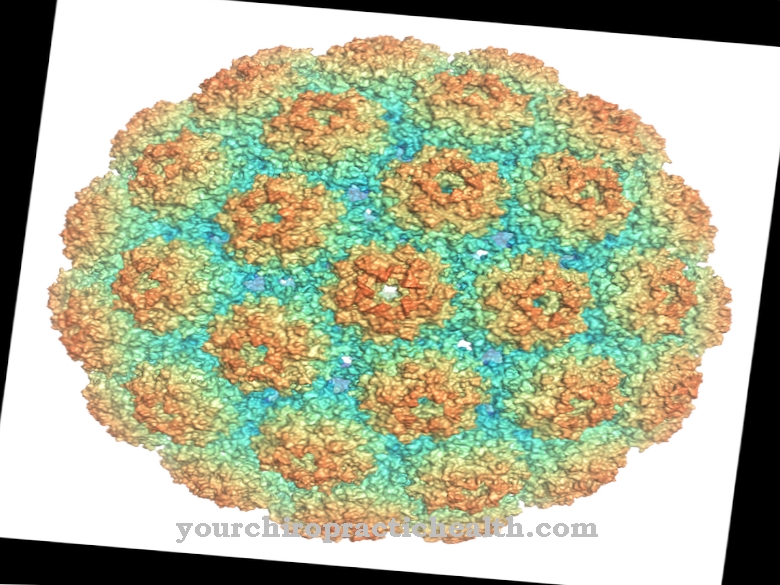


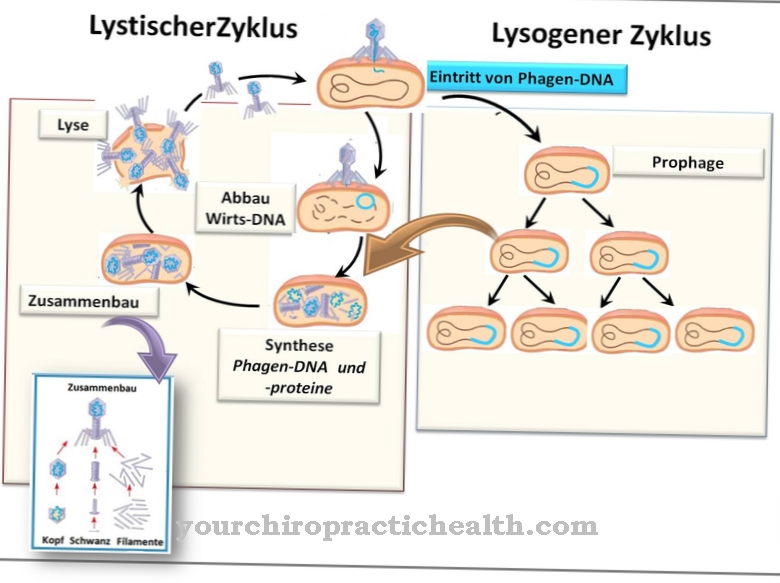

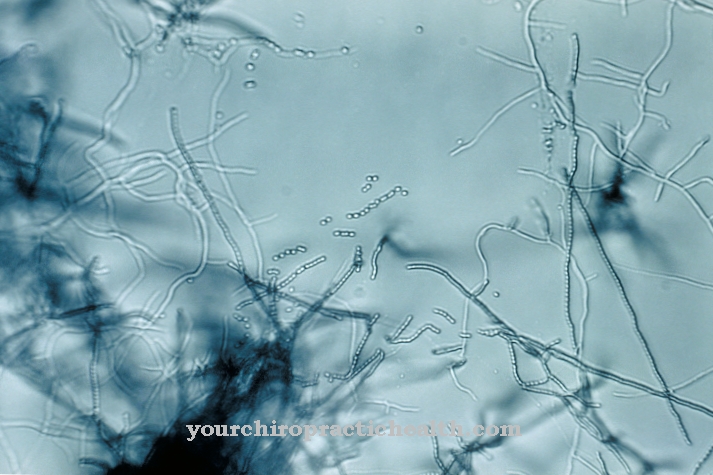

.jpg)





.jpg)


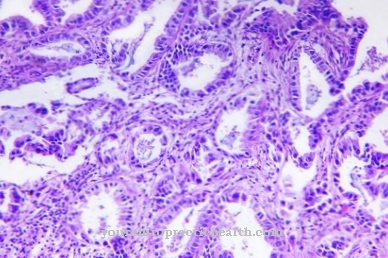



.jpg)

